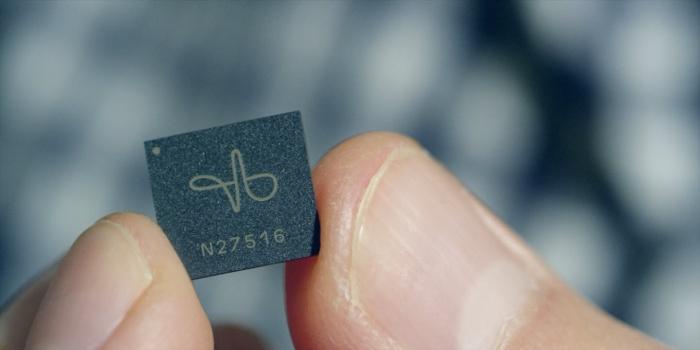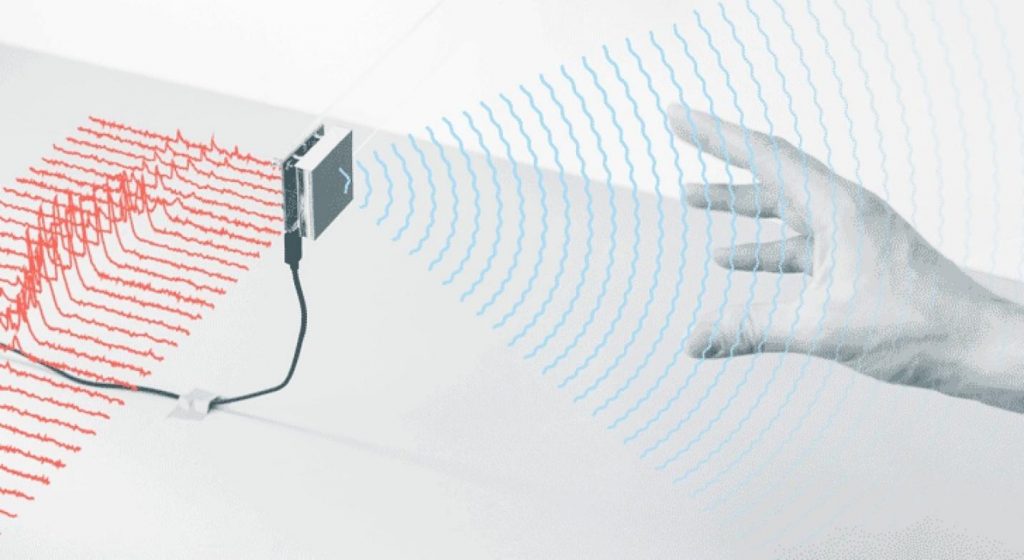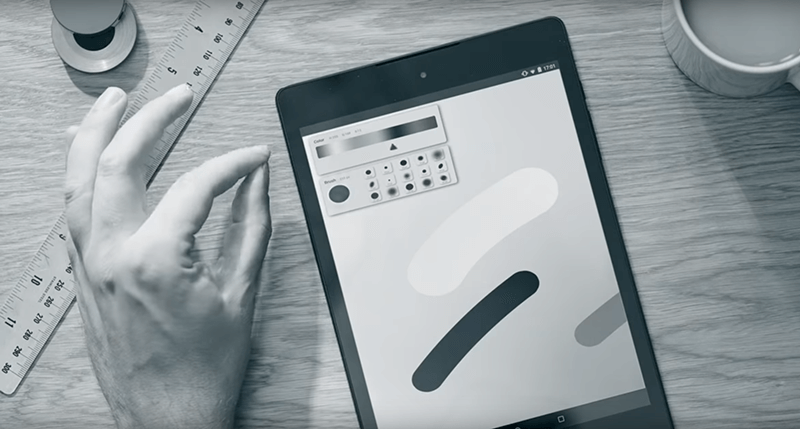
The new Google Pixel 4 and 4 XL, introduced on October 15, received a standard flagship feature set. Among them the technology behind its motion sensor, namely Soli, is quite interesting. Now, smartphones with Air gestures are becoming a new trend.
Soli Radar is a special module that is used to control Google Pixel 4 smartphones without touching. This feature allows user to do hands-free tasks like playing songs, opening notifications, unlock the smartphone and mute the sound of an incoming call. The potential of the technology is great, but due to its novelty, so far it is used only for simple manipulations.
How does the Soli radar work?

The principle of operation of the Soli radar is based on the properties of various waves absorbed by various surfaces and reflected from them. In this case, electromagnetic radiation with a wavelength of 4.7-5.3 mm and frequencies of 57-64 GHz is used.
The main Soli system in Pixel 4 is a miniature module located above the screen. It consists of two emitters and four radio signal receivers capable of emitting and receiving waves simultaneously on 8 channels. By emitting radiation, the sensor registers the reflected signal. Since the penetrating power of the wave is small in the VHF range and the radiation power is small, in the idle state the radar does not register anything but noise.
How Soli is used in Google Pixel 4?

The initial set of features that are available in Pixel 4 and 4 XL is small. Gestures are used for the following actions:
- Movement of the palm left / right includes the previous/next song in the player.
- The appearance of a person in the radar field of view triggers the unlocking of the smartphone.
- Raising the palm will mute the incoming phone call.
- Reduces the volume of the alarm clock by moving the hand.
- Various gestures allow you to interact with Pokemon in a predefined game.
If you do not need gesture control of the smartphone, you can turn it off in the settings.
Prospects for Google Soli
So far, the set of functions is small, but its expansion is only a matter of software development. It is clear that switching tracks and muting sounds is not enough, and virtual Pokemon is just a means of demonstrating the technology. But Google is ready to connect other developers to the development of the project and is currently looking for technology partners ready to cooperate.
In the future, with the help of the radar, if it gains popularity, it will be possible to perform much more manipulations:
- Scrolling web pages when reading sites.
- Start and close applications.
- Dial numbers, receive and reject calls.
- Manage smartphone settings.
- Send quick replies to messages.
- Control the camera when taking photos and videos.
- Manage character actions in various games.
- Recognize and identify the objects in sight.
The potential of Soli was demonstrated several years ago when test samples of the radar showed the accuracy of the technology. The sensor determined which card from the deck is in front of it, with an accuracy of 99.4%. It worked even more efficiently with bank cards (99.5%). Blank sheets of paper were identified with an accuracy of 88.6%, which is an excellent result.
The prospects for practical application of Soli directly depend on the interest of software developers and the efforts of engineers. So far, one of the drawbacks is the need for a place on the front panel where you can fit the sensor. This was one of the reasons the Pixel 4 and 4 XL had a rather large “bang” at the top. In the era of framelessness, it can adversely affect the image of devices, reducing their popularity.
If engineers can place the module directly below the screen, Google will embed a universal technology API for the Android OS. And software creators will start using it in their products, gesture control can wait for success. But if the development will remain the exclusive Pixel feature, and Google will not sufficiently popularize it, then even a good potential will not save. We already saw something similar with touch-sensitive screens. In 2016, it seemed that they would soon become massive, but in 2019 even Apple abandoned 3D Touch in the iPhone 11.